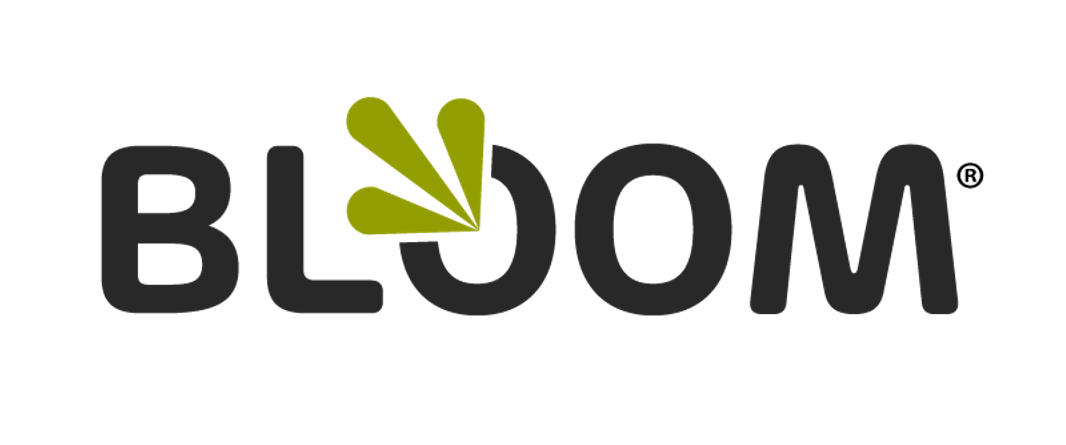It’s Time for A Shift in Mindset: Think “Performance Planning”
Benefits of Performance Planning
Making the switch to “performance planning” is more than semantics. It’s a shift in mindset that signals a commitment to developing your employees and supporting their career goals. There are a number of benefits to regular (we suggest 6-month) performance planning sessions:
Employees get regular, actionable feedback.
Managers and employees collaborate on the employee’s career plans and path, which leads to a more open, supportive relationship.
Managers gain a clearer perspective of different people in different jobs, which strengthens their management skills.
Effective performance planning requires managers to have a strong, conscious understanding of the underlying philosophy. They must have clear processes or standards or other helpful guidance for helping the employee grow and develop in their particular role and in their future career.
Steps in Performance Planning
The steps below are based on our years of experience in the Human Resources arena and align with what you’ll find in BLOOM®.
Review and update an employee’s role description
Role descriptions are important for a number of reasons:Keep employees informed about role specifications and expectations
Communicate company needs
Serve as a tool for conflict resolution
Provide an objective basis for performance planning sessions
Make company metrics related to a job clear and top of mind
Give the employee a self-evaluation form (and their revised role description)
The manager should review the structure of the form with the employee and reiterate that the performance planning session is an opportunity to work together on the employee’s career goals. The employee’s self-evaluation will go into BLOOM® for future reference and planning.Managers must complete a self-review to evaluate their own supervisory performance
Since performance planning is a collaborative process it’s essential for managers to reflect on their part of the relationship and to pay attention to how they are supporting the employee’s growth and development.Managers must complete a performance evaluation for the employee
Prior to the performance planning session, managers need to review available information from the employee’s past sessions. If you’re using BLOOM® this includes reviewing the employee’s performance logs (praises, concerns, and so on). It also means entering 2-3 of their own goals for the employee and setting expectations and assignments for training. This adds to the goals the employee already set for himself and demonstrates a willingness to further challenge and support him.Managers must submit all documentation to the department manager
Also prior to the performance planning session the manager must submit all documentation to the department manager for review. Review any questions or concerns to ensure that the session is productive and on target with the organization's goals.Conduct performance planning session
If it seems like there is a lot to do before sitting down with the employee it’s because there is. Rather than rushing into a review un- or ill-prepared wastes time and energy; doing your homework and planning a thorough session pays off.The anticipation of a session can be stressful, so here are a few tips a manager can use to make the session more productive and more encouraging:Control the environment -- Schedule a time and location that reduces the chance of interruption.
Establish the purpose -- Review the benefits of performance planning and provide an overview of what’s included in the meeting.
Seek input -- Ask open-ended questions to engage the employee, and remember to listen carefully at all times.
Share assessment results -- The employee should go first, walking the manager through the employee’s self-evaluation. The manager should go second and provide candid and specific results with corrective and positive feedback.
Discuss the employee’s strengths -- Ask the employee for his input about his strengths, and share your opinion about them as well.
Set specific goals -- List opportunities for improvement, identify training needs, and set realistic but challenging goals.
Close with a synopsis -- Summarize what you discussed and review any Human Resources communications concerning policy changes, wage scales, and so on. Sign the session’s forms and explain next steps. Thank the employee for his/her time and work.
Forward paperwork to the Human Resources department The notes from the performance planning session will become part of the employee’s permanent file, so they go to Human Resources for review. In BLOOM®, once HR approves the review it is available to the employee and to the manager for future reference.
If you’d like more information about BLOOM® or our methodology please feel free to contact us or leave a response here.
